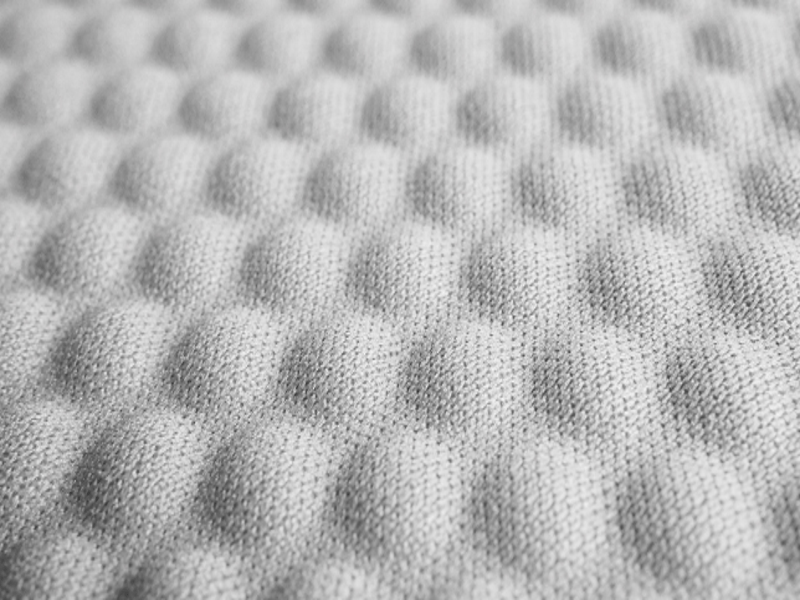Market Report
The Future of Wetlaid Nonwovens to 2023


The wetlaid nonwovens process was developed to handle mainly wood pulp, a short water swellable, hydrophilic flexible fibre, one of this process’s strengths is its ability to also handle efficiently short cut, stiff, synthetic fibres like carbon and glass. This process is the only efficient way to form webs of such difficult fibres, while still maintaining some economic and quality efficiencies.
Wetlaid nonwovens are the smallest of the major nonwovens processes, but contain important products and process variants. Exclusive data from Smithers pinpoints three drivers that are having a profound effect on building this market.
There is a growing demand for products that employ wetlaids consumer and end user requirements evolve. These include:
Although teabags and coffee filters are mature markets, the increased use of single-serve beverages has required development of newer, small scale filter products ideal for wetlaid.
The increasing importance of electric vehicles, as well as personal electronic devices and phones, is generateing a new class of batteries with new battery separator needs. While wetlaid will not meet all of the battery separator needs, they are set to be heavily involved.
Another area of interest is blood and other biologic fluids that are used in advanced medical care - a means to filter these with some precision is an increasing priority. Again, wetlaid nonwovens are a participant in this market.
The environment sustainability movement is a global trend and is continuing to shape the nonwovens industry. Among nonwoven processes, only wetlaid and airlaid depend primarily on a sustainable raw material – wood pulp. This is a major renewable, sustainable and low cost raw material for nonwovens. Airlaid serves the low-density demanding markets, like absorbent cores and plush wipes, while wetlaid serves higher density markets like wallcoverings, teabags and food filters. Both of these inherently sustainable processes have excellent potential.
One sign of this movement is the ongoing replacement of spunlaid nonwovens based on polypropylene with wetlaid nonwovens in lightweight filtration, packaging and hygiene applications.
The low cost and huge installed capacity of spunlaid nonwovens, coupled with newer raw materials like polylactic acid (PLA), will keep this from being a large volume driver, but it will keep wetlaid nonwovens in the conversation for new applications.
As petroleum-derived raw materials become costlier and supply becomes less stable, wood pulp is renewable and sourced from geopolitically stable regions. Both supply and cost are expected to remain stable as wetlaid paper and diapers both continue to decrease their demand for wood pulp.
There are various retail trends in the marketplace in 2018. One of these is the replacement of lower performance, low-cost products with higher performance sustainable products. Retailers and consumers see this as the natural ongoing development of a product.
Just as the wetlaid nonwovens process is an evolution of the wetlaid paper process, many wetlaid products are upgrades of paper products. An example is the growing use of one type of wetlaid – double recrepe (DRC) – in industrial wipers. This is most pronounced in North America, but is a global trend underpinned by the international presence of the largest wipes manufactures.
Recent changes in the way nonwoven wipers are treated by the US Environmental Protection Agency EPA. Due to its ’wipers rule’ nonwoven use in these products has grown and is projected to continue to through to 2023. DRC is expected to benefit and participate in this growth. Additionally, some of these wiper products are now being converted and consumed globally.
In addition to DRC wetlaid in industrial wipers, there is booming demand for single-serve speciality personal care wipes, using standard wetlaid materials. Healthcare wipes as well are using standard wetlaid for products like haemorrhoidal wipes and acne wipes.
The Future of Wetlaid Nonwovens to 2023 offers in-depth five-year market forecasts broken down by process technology, raw material, end use and geography. For more information and purchasing options, download the brochure.